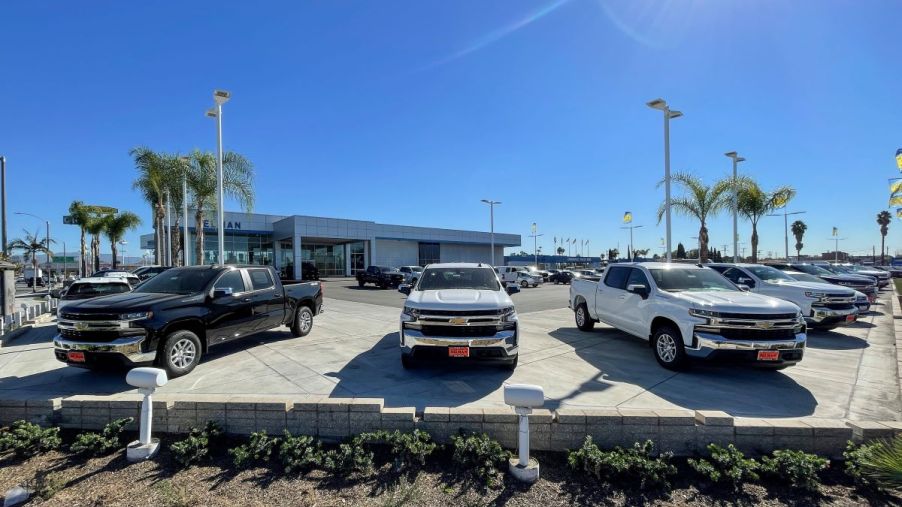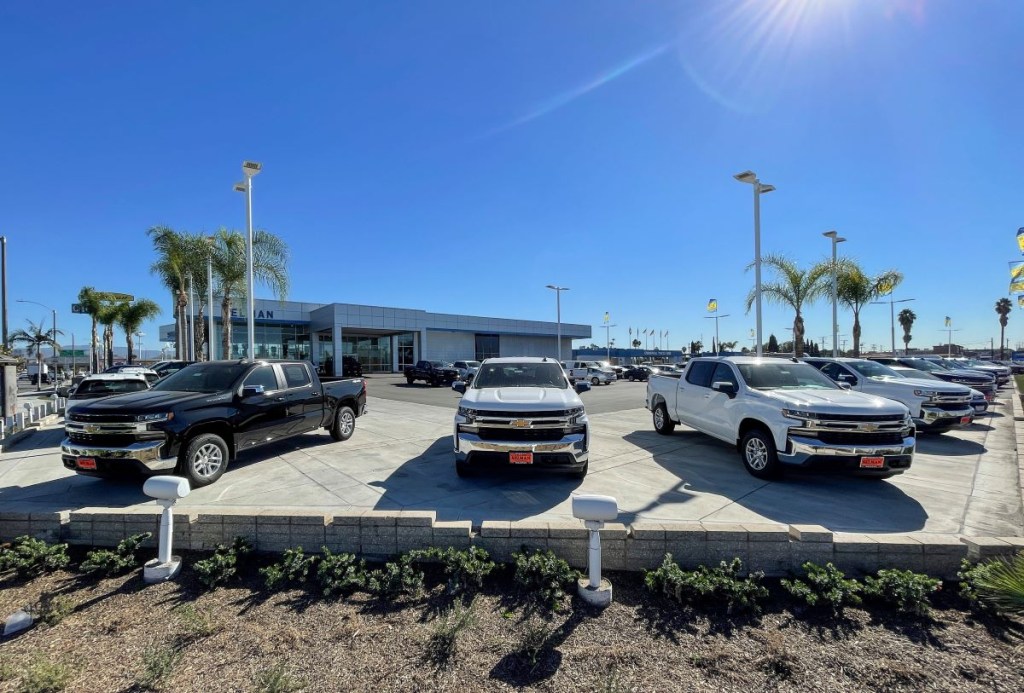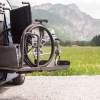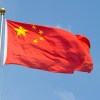
Are New Car Sales Still Banned in Cuba?
Culture and car lovers have seen pictures of the iconic classic cars driving around Cuba as though it’s stuck in time. There’s a reason for those notoriously aged American rides like Eldorados and BelAirs being the primary modes of transportation, though. And it has to do with new car sales.
For decades, new car sales were heavily restricted in Cuba due to the U.S. embargo enacted in 1960 following the 1959 Cuban revolution. In response to the embargo, the Cuban government then prohibited the sale of Cuban-manufactured cars to residents without special permission.
With that long history of important bans, what’s the deal with today’s automotive market in Cuba in terms of buying used cars or new ones? The answer is naturally a little complicated.
A rundown of Cuba sanctions of the past and today, including new car sales

As the U.S. Department of State outlines, following the 1959 Cuban revolution, the U.S. cut ties with all trade and assistance to Cuba. The U.S. did so on the grounds of Cuba being a Communist country with the then-leader Fidel Castro in power. These actions were meant not to provide any economic benefit to Cuba and the Communist government there.
Following the embargo and related sanctions and to tighten economic control over the country, the Cuban government made it against the law to buy or sell used cars unless you had special permission from the government.
Since then, the embargo and Cuba sanctions have remained in place, with the tiny Caribbean island nation being frozen in the late 1950s in terms of automobiles and machinery. However, in 2011, some relief came to the struggling country when people were able to buy and sell used cars amongst themselves, CNBC reported. As BBC News mentioned, the change in regulations was a part of then-president Raul Castro’s economic reform for the country.
In 2014, Cuba continued by ending long-standing policies and lifted the government restrictions and approvals for Cubans to purchase new or used vehicles–be they cars, trucks, motorcycles, vans, etc.—in general. The change in allowing car sales also extended to foreigners in Cuba and diplomats.
However, as Scrap Car Comparison mentions, a side effect of making new cars available is those same cars being heavily taxed by the government to consumers. One instance noted a Peugeot 508 having a price tag of $262,000 at the time the regulations were lifted.
The trade embargo is still in place today
Despite the minor improvements for citizens ability to purchase second-hand and new cars, the economic trade embargo is still in place currently. President Obama did make some historic moves to attempt to open communication and relations with Cuba, but those changes were reversed during the Trump administration.
While trade and travel may be restricted, there are opportunities for Cubans to purchase vehicles, be they used or new. Just after the import bans were lifted, Cuba got an influx of Chinese cars called the Geely CK and South Korean Kias, CNBC reported.
Those retail sales added diversity in cars Cuba hadn’t seen in decades. After the U.S. trade embargo began, the only other time Cuba was able to welcome new vehicles was through its connection to the former Soviet Union. However, after the Soviet Union collapsed, the country was left with a lack of imports and car parts, an unfortunate side effect of having old vehicles.
However, in 2016, Cuba welcomed its first car from America in almost 60 years, the Infiniti Q60. The vehicle was a gesture from Nissan’s Senior Vice President for Global Design, Alfonso Albaisa, after visiting his family’s home country.


